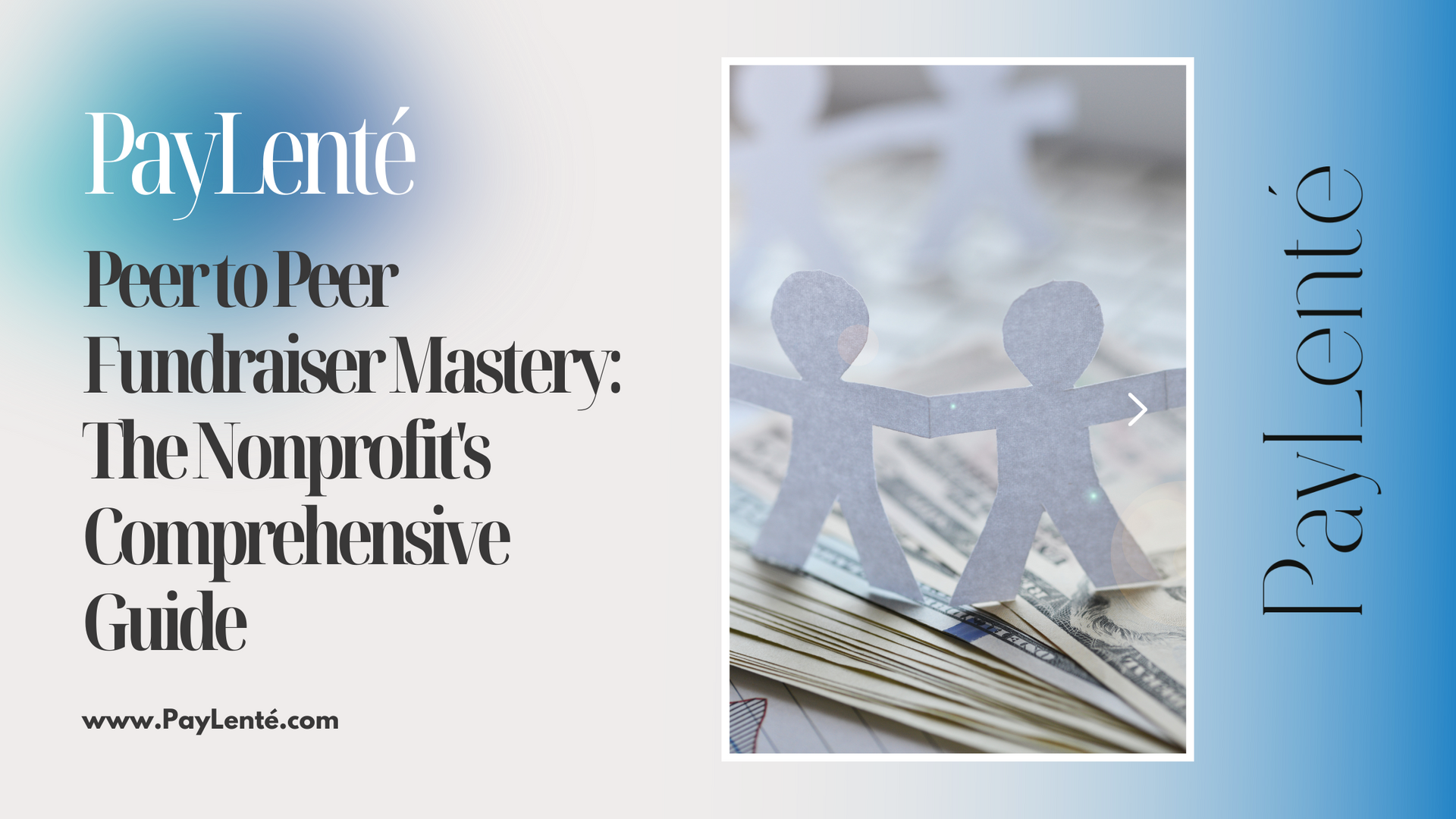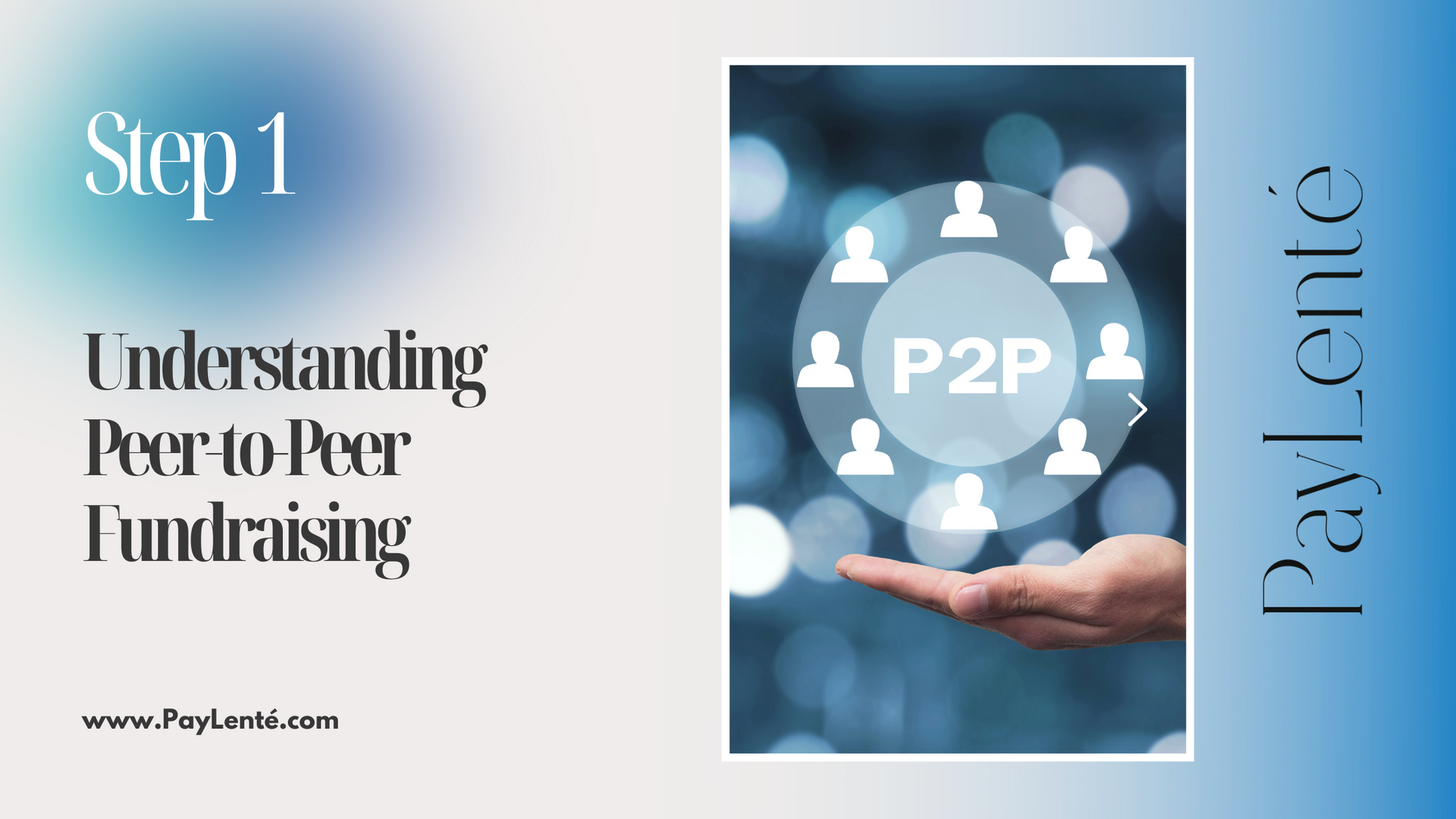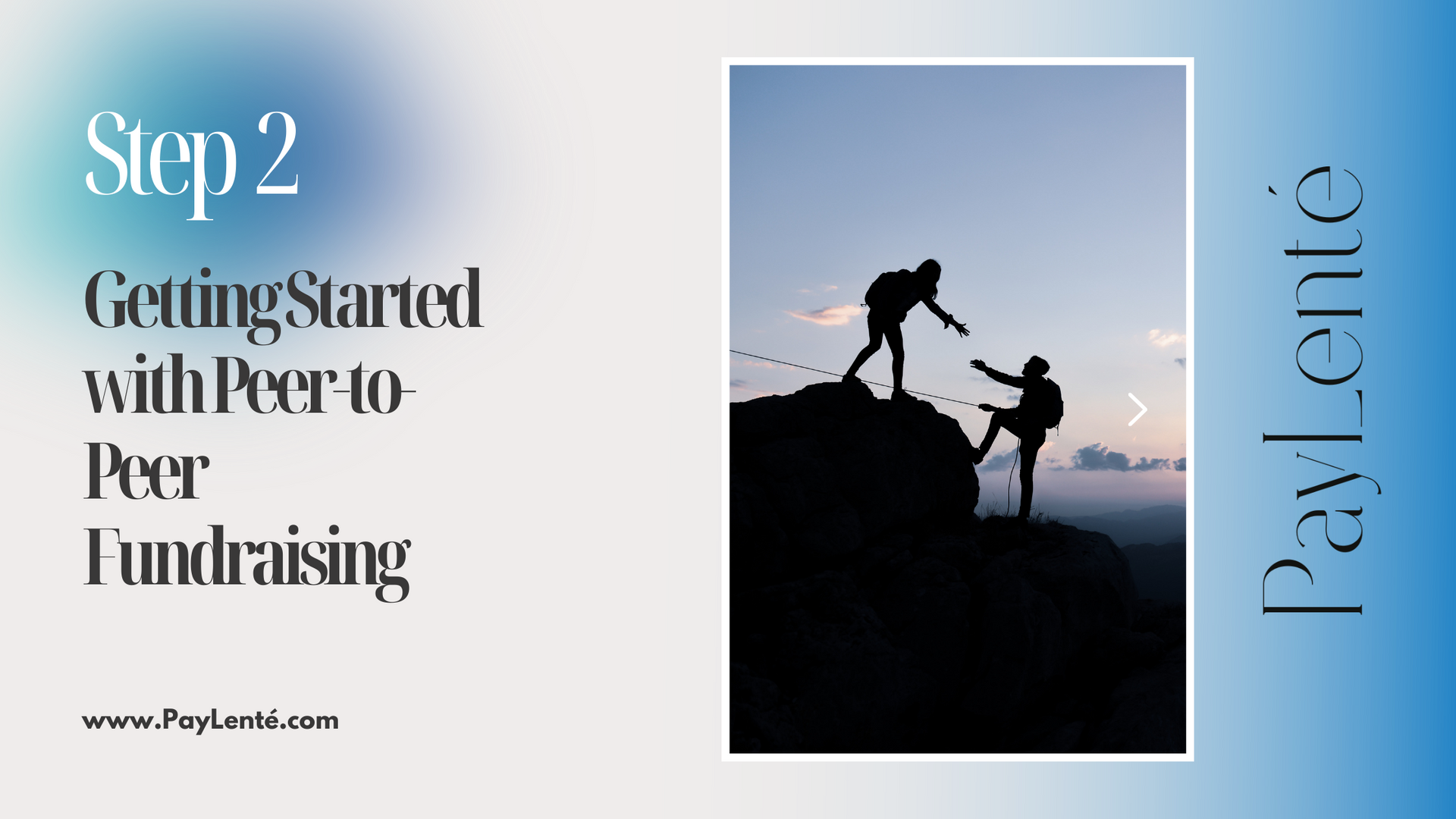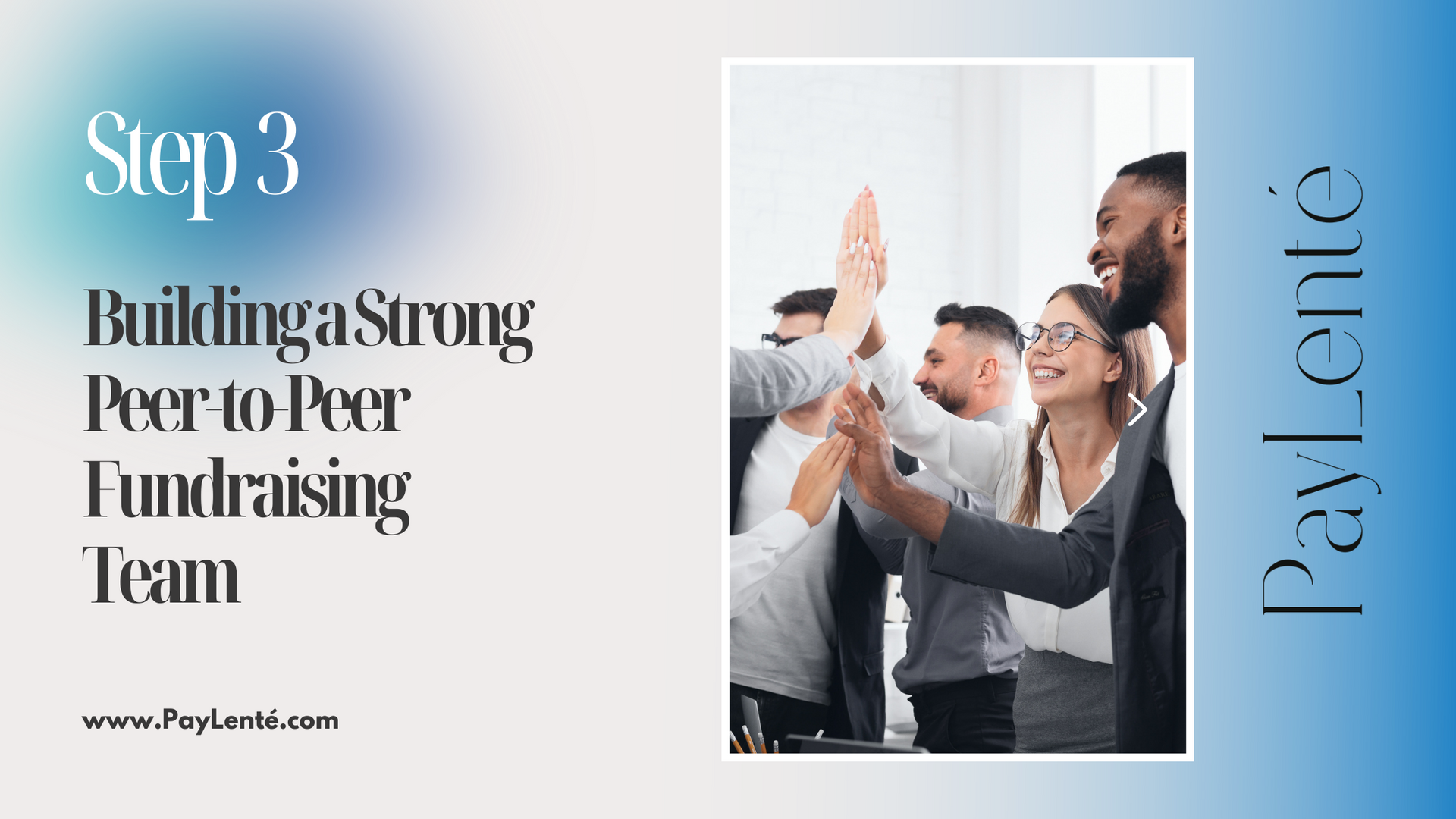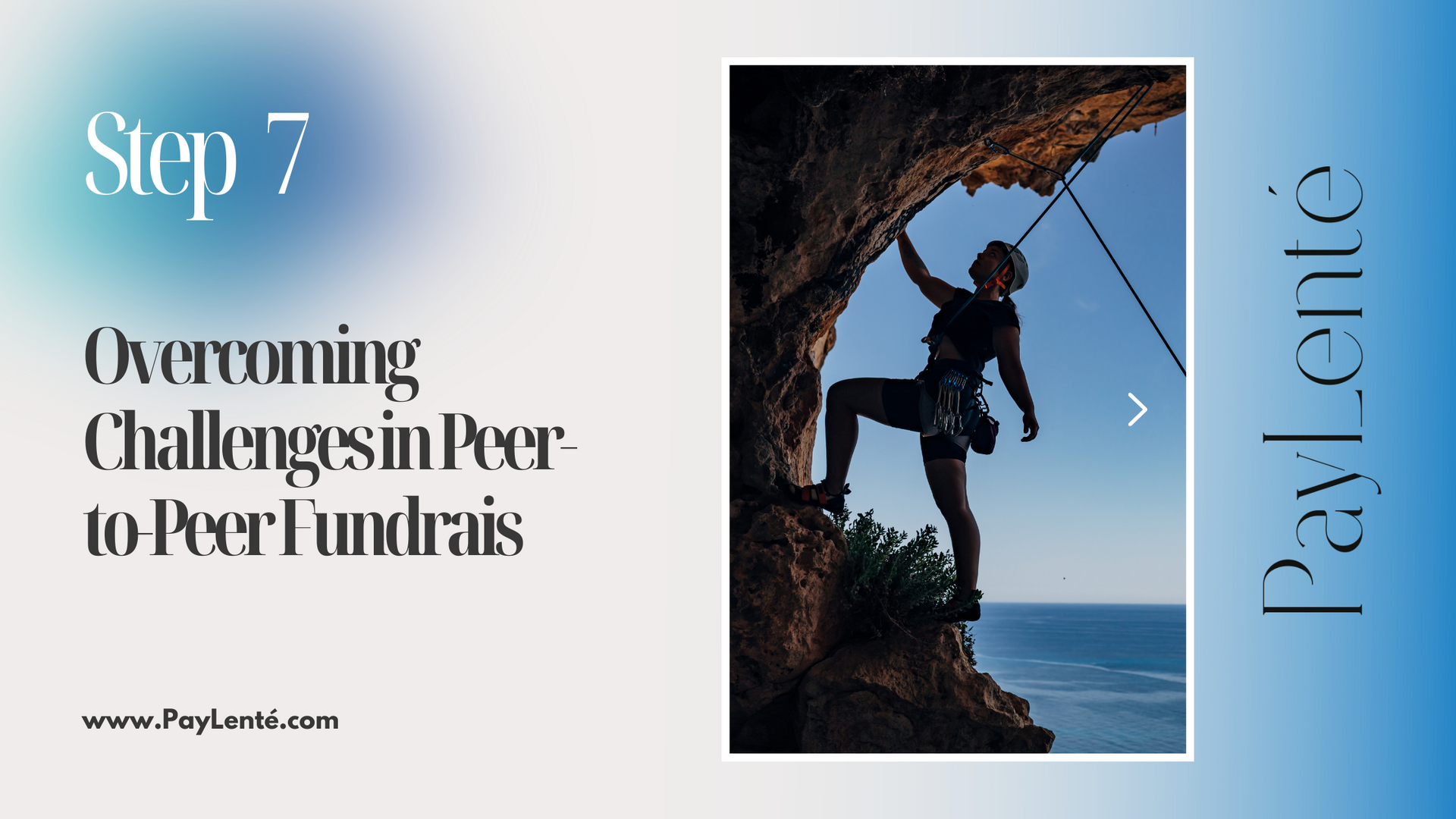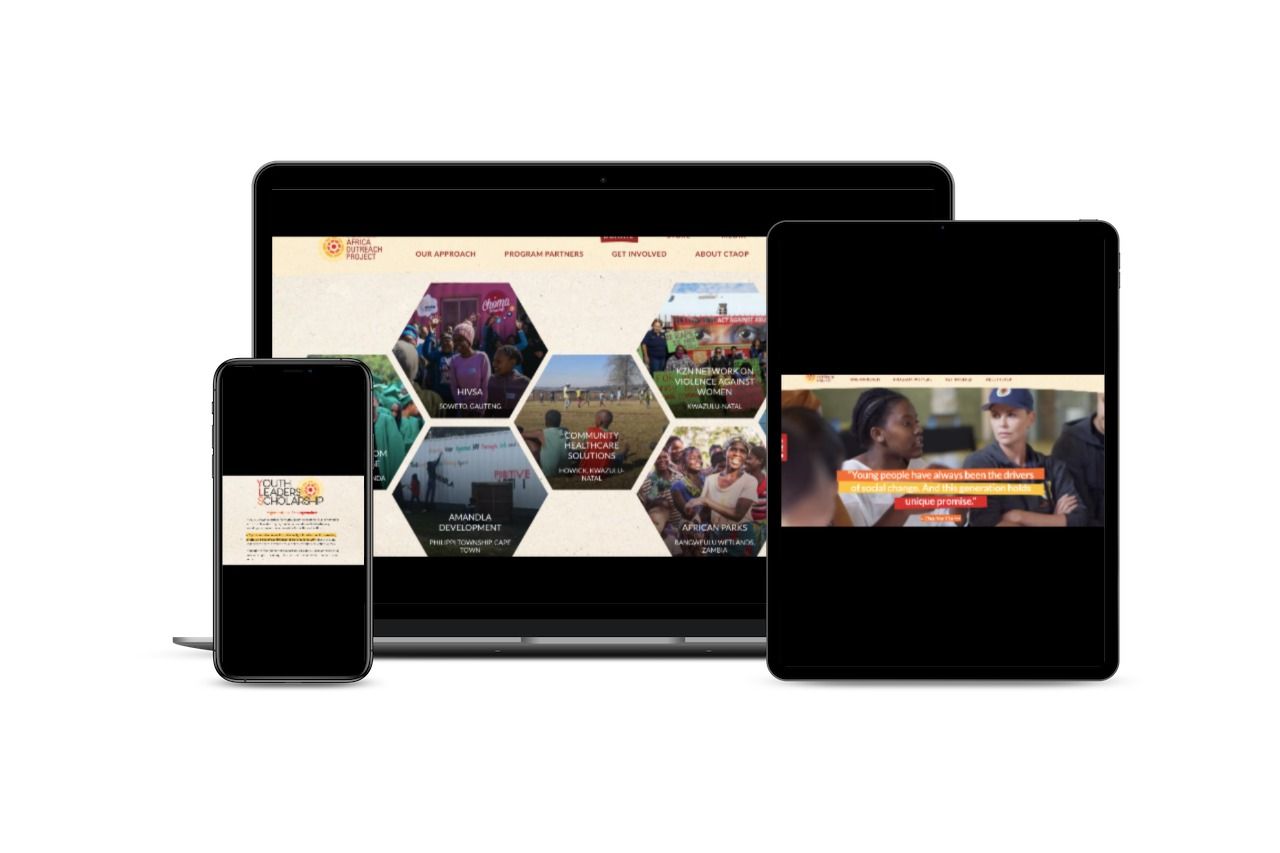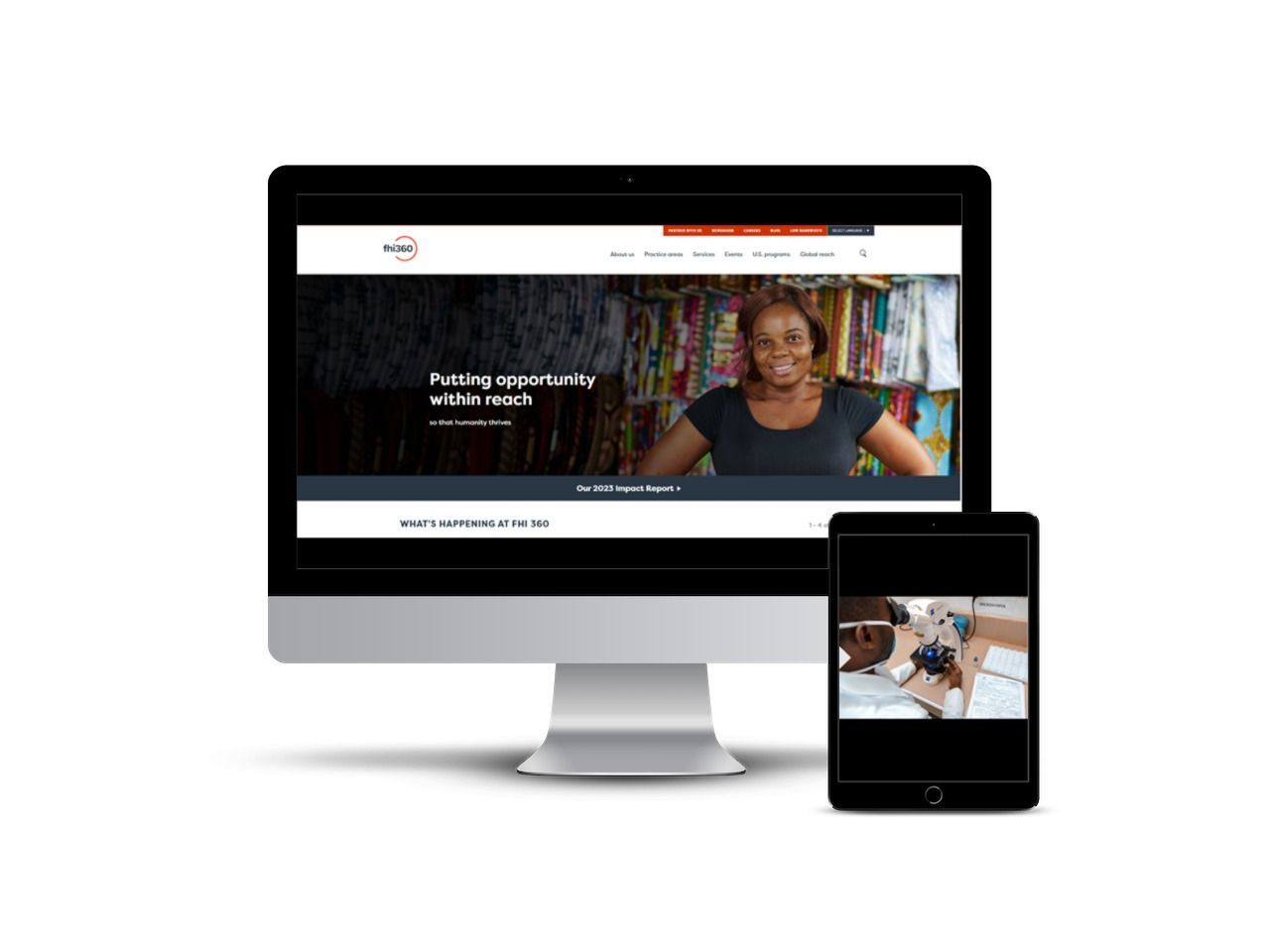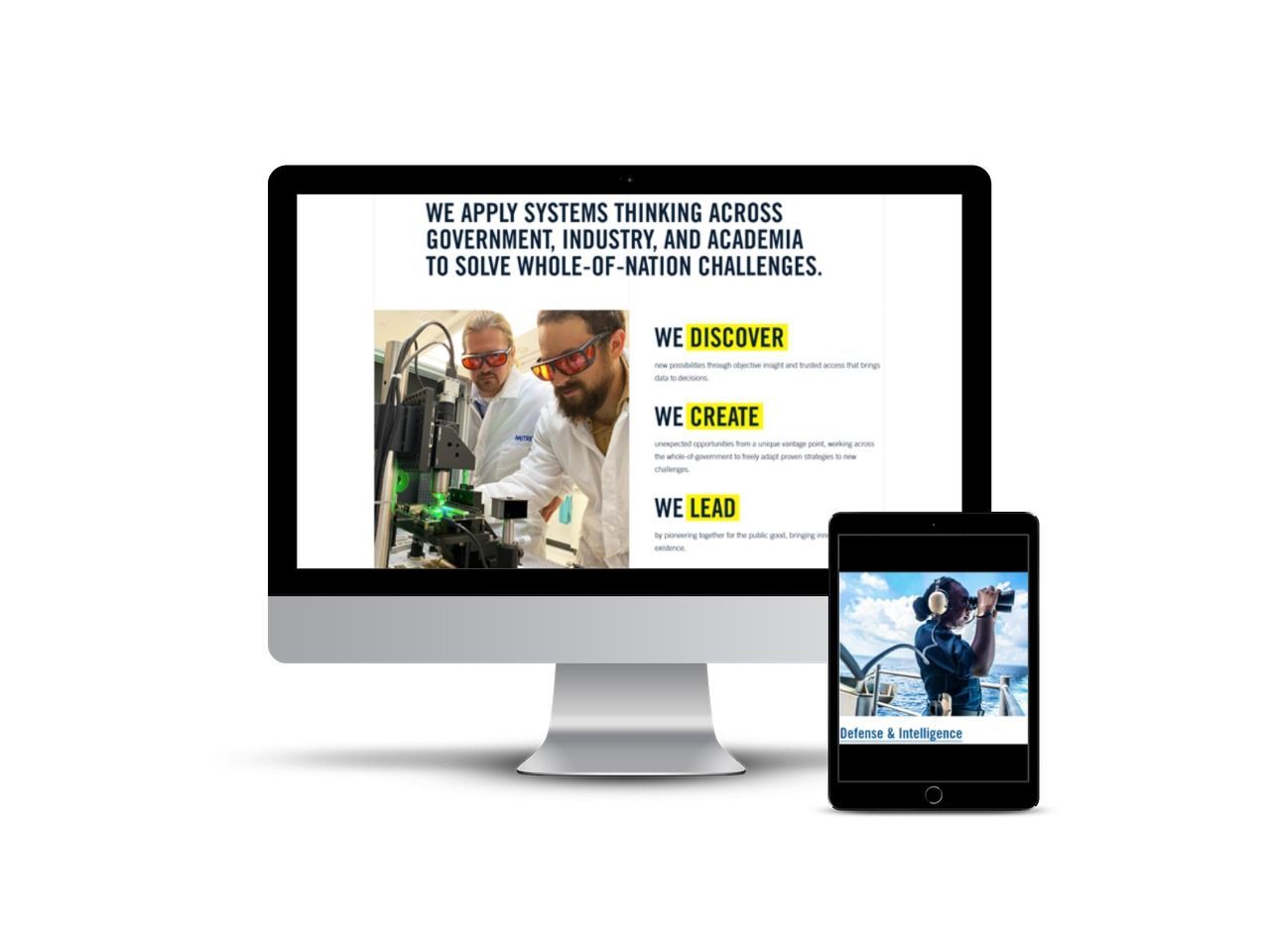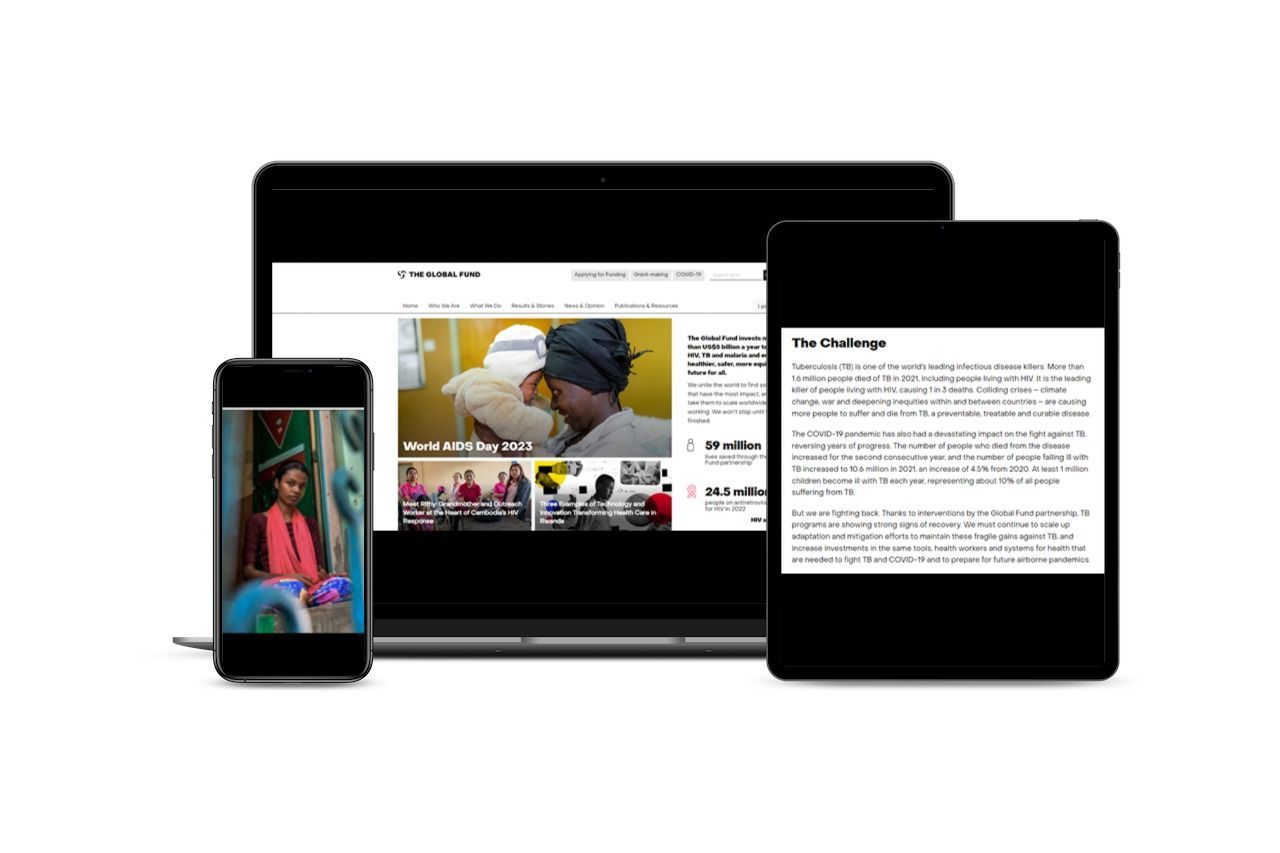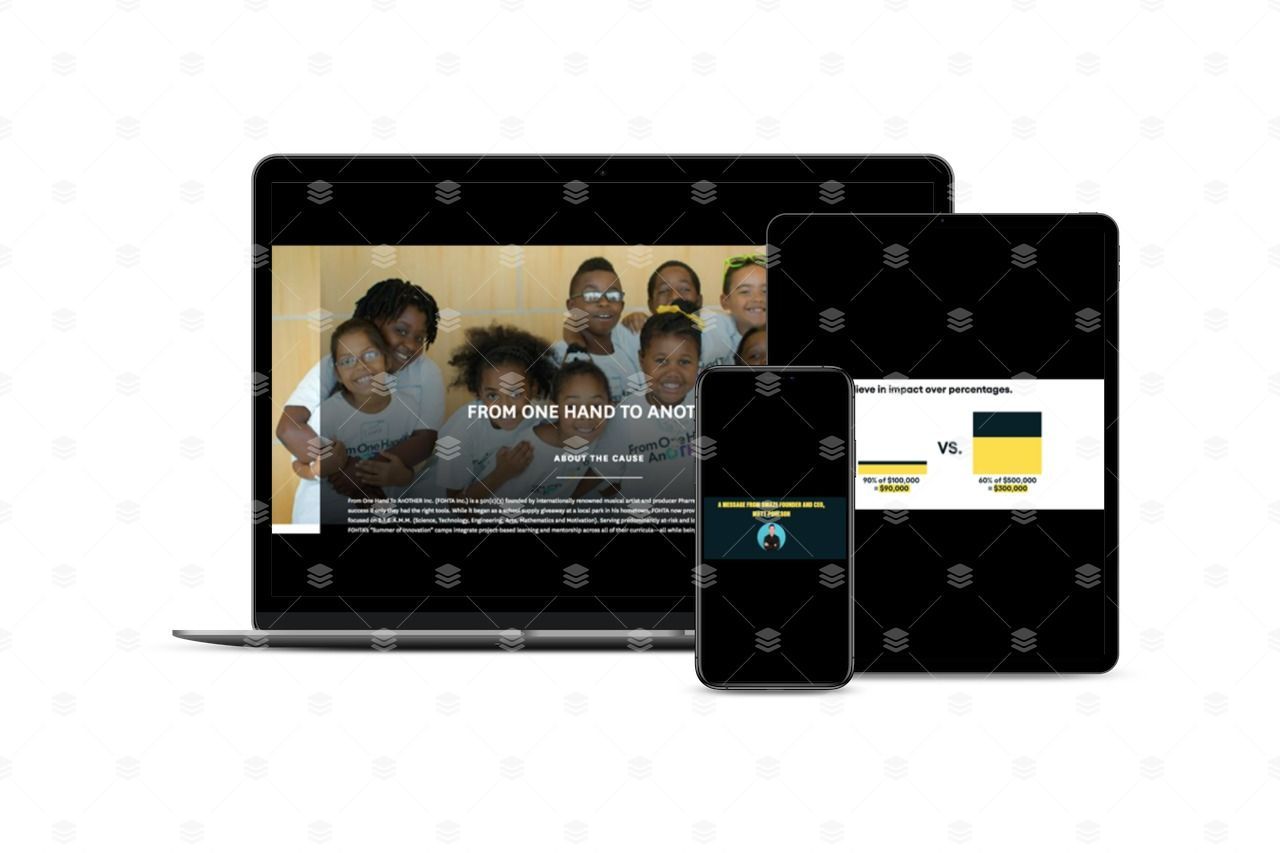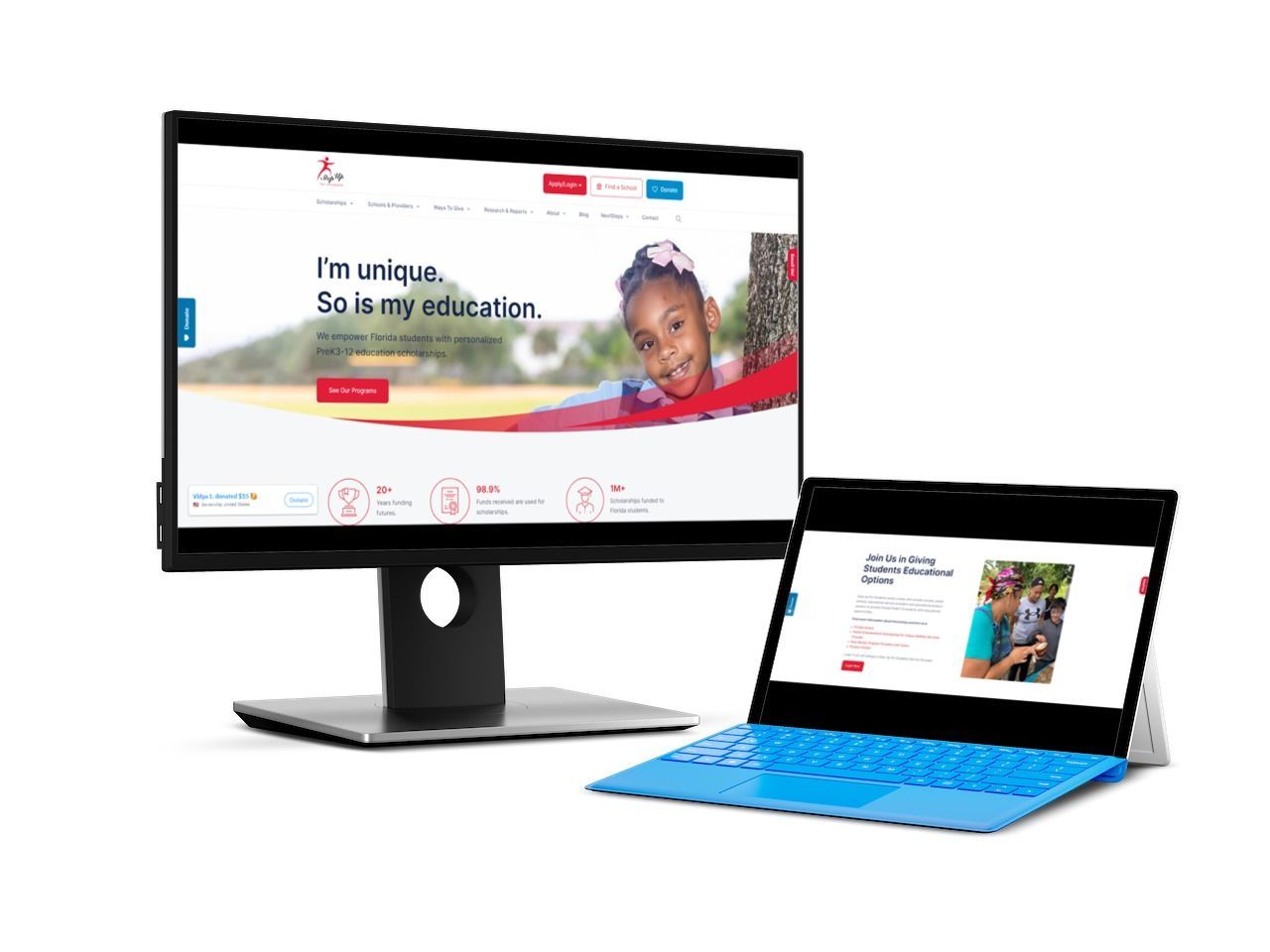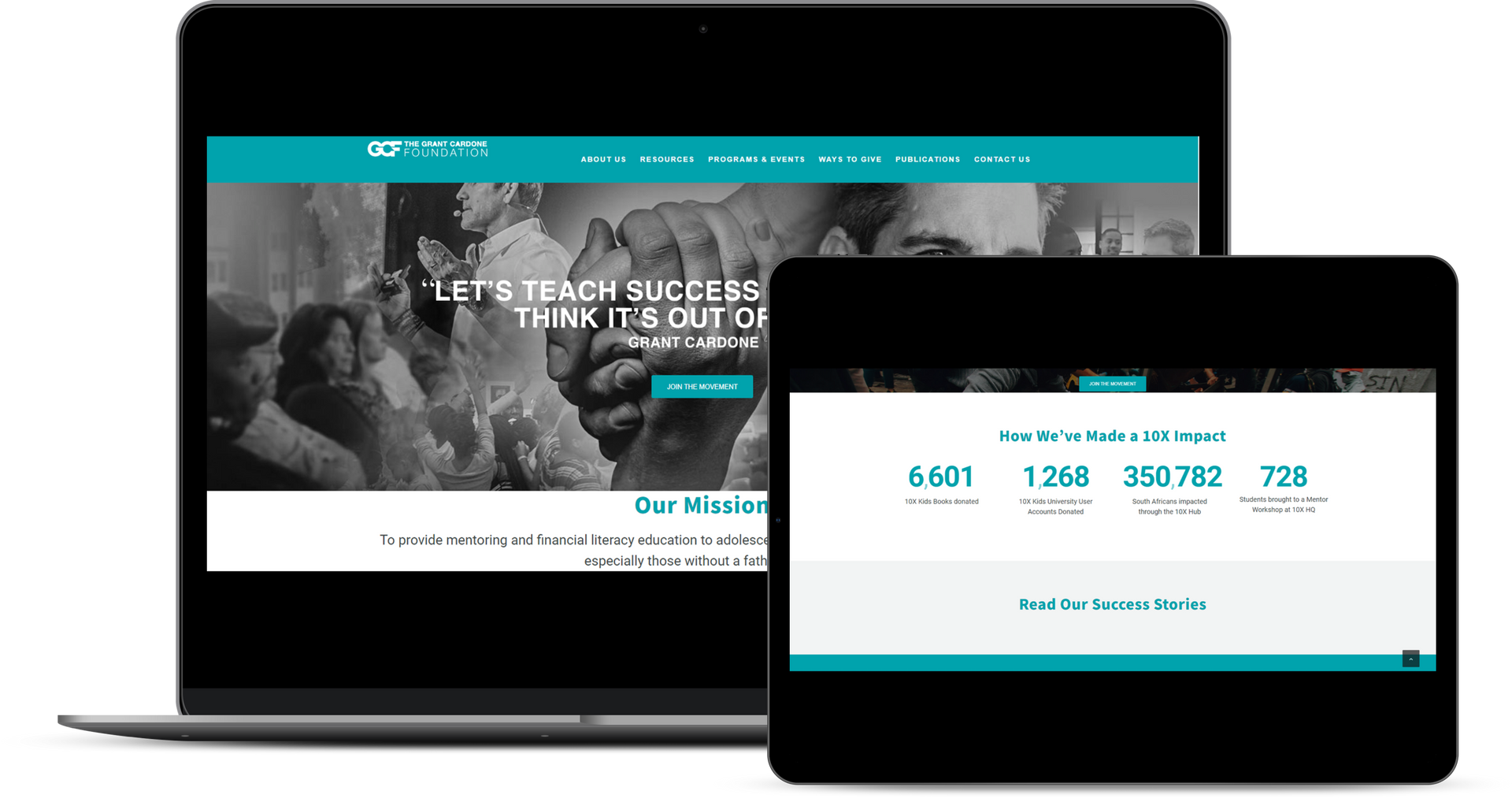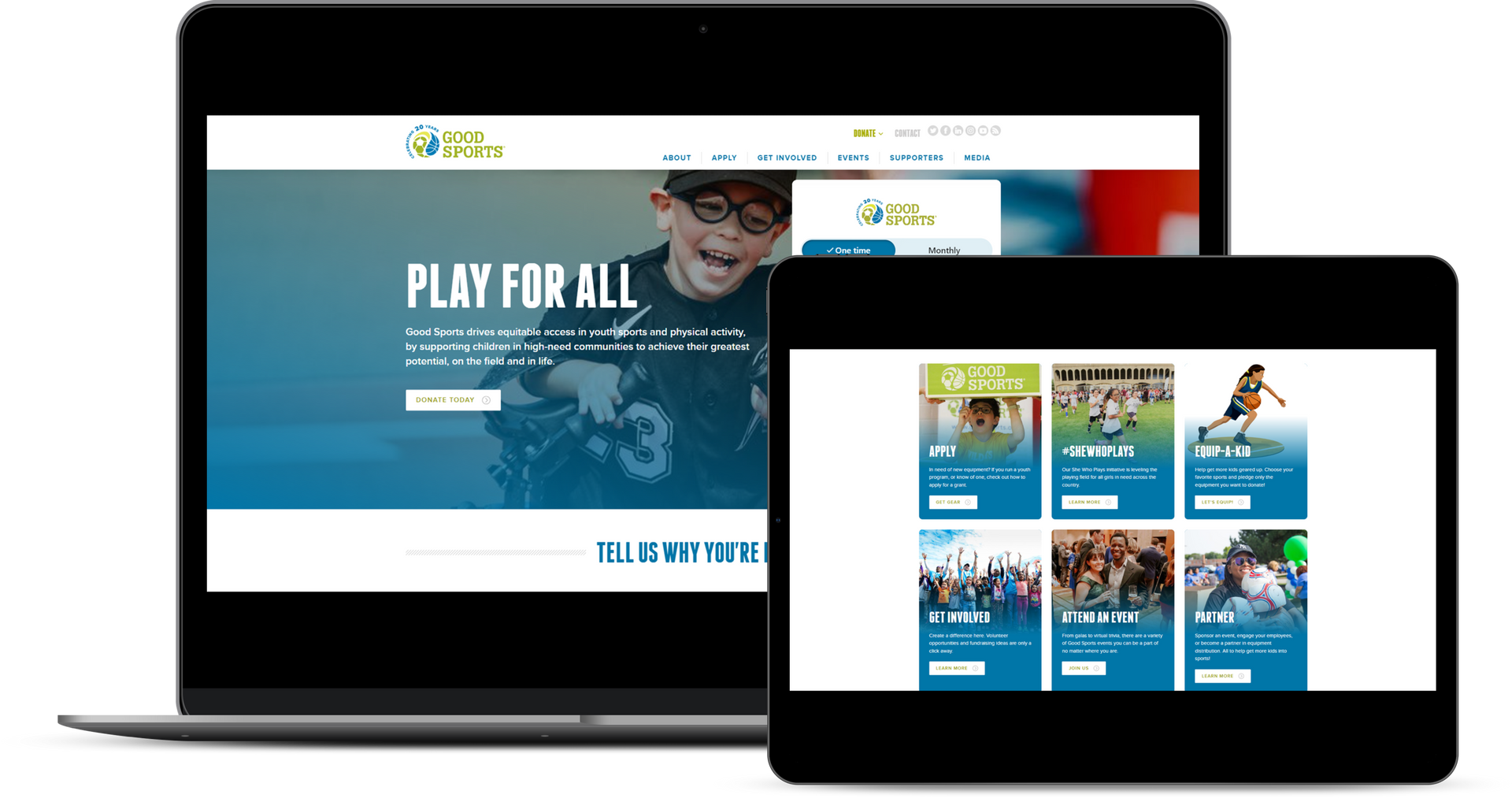Peer to Peer Fundraiser Mastery: The Nonprofit's Comprehensive Guide
As the driving force behind societal change, your nonprofit embarks on a remarkable journey, guided by a relentless passion to create a positive impact. At the heart of this journey lies the art of fundraising - a harmonious blend of passion, purpose, and pragmatism. In today's rapidly evolving landscape, mastering the nuances of peer-to-peer fundraising is no longer a choice; it's an imperative.
Here at Nonprofit Course, a trusted 501(c) nonprofit dedicated to coaching and nurturing the growth of nonprofits worldwide, we understand your unique challenges and aspirations. With years of experience working hand-in-hand with diverse organizations, we've curated this comprehensive guide to empower you with the knowledge and fundraising tools needed to excel in the realm of peer-to-peer fundraising.
Whether you're just beginning your nonprofit journey or seeking to enhance your existing fundraising efforts, this guide is your compass, pointing you towards a path of mastery in peer-to-peer fundraising. Prepare to embark on a transformative learning experience that will not only equip you with practical techniques but also inspire you to create a network of engaged supporters who are as passionate about your cause as you are.
Step 1. Understanding Peer-to-Peer Fundraising
This dynamic approach leverages the personal networks of individuals to amplify your nonprofit's message and mission. In this section, we'll delve into the fundamentals of peer-to-peer fundraising, exploring what it is, how it works, and why it's crucial for your nonprofit's growth.
What is Peer-to-Peer Fundraising?
Peer-to-peer fundraising, often referred to as P2P fundraising or social fundraising, involves mobilizing your existing supporters to become advocates and fundraisers on your behalf.Instead of relying solely on your nonprofit's efforts to raise funds, P2P fundraising empowers individuals to create their fundraising campaigns, tapping into their network of family, friends, and colleagues.
How Does Peer-to-Peer Fundraising Work?
- Empowerment and Personal Connection: Peer-to-peer fundraising capitalizes on the personal connections your supporters have. Participants set up their individual fundraising pages and share their stories, explaining why your nonprofit's cause matters to them. This personal touch of individual campaign pages resonates with their network, fostering a sense of trust and authenticity.
- Network Amplification: As individuals share their personal campaigns on social media, through emails, and other communication channels, the reach of your nonprofit's message expands exponentially. The power of these personal endorsements is undeniable, as people are more likely to donate when asked by someone they know and trust.
- Multi-tier Engagement: Peer-to-peer fundraising often operates on a multi-tiered model. Participants recruit their peers to join the cause, effectively creating a cascading effect that brings new supporters into the fold. This tiered approach not only raises funds but also builds a vibrant community around your nonprofit.
- Data-Driven Insights: Many P2P fundraising platforms offer robust analytics, allowing your nonprofit to track the performance of individual peer-to-peer campaign, identify trends, and make data-driven decisions for refining your fundraising strategies.
Why is Peer-to-Peer Fundraising Important for Your Nonprofit?
- Increased Reach and Visibility: Peer-to-peer fundraising extends your nonprofit's reach beyond your immediate network. It taps into the social networks of your supporters, exposing your cause to new audiences who may not have been aware of your organization before.
- Engagement and Community Building: P2P fundraising fosters a sense of community among your supporters. When individuals create their campaigns, they become more deeply invested in your cause, leading to increased engagement, loyalty, and long-term support.
- Diversified Funding Streams: Relying solely on traditional fundraising methods can limit your nonprofit's growth. Peer-to-peer fundraising diversifies your funding streams, reducing dependency on a few major donors and ensuring a more stable financial foundation.
- Cost-Effective: Traditional fundraising campaigns can come with substantial costs for advertising, materials, and staff time. P2P fundraising leverages the power of volunteers, reducing overhead expenses and maximizing the impact of each dollar raised.
- Leveraging Trends and Technology: P2P fundraising aligns with modern communication trends. With the prevalence of social media and online connectivity, supporters can easily create and share their campaigns, harnessing the potential of technology to amplify your nonprofit's message.
Step 2. Getting Started with Peer-to-Peer Fundraising
Setting Clear Fundraising Goals and Objectives
Before diving into any fundraising campaign, it's essential to establish clear and realistic goals. Your goals should be specific, measurable, achievable, relevant, and time-bound (SMART).Determine the amount of funds you aim to raise and the timeframe for your campaign. Are you raising money for a specific project, peer-to-peer event, or general operations? Having a well-defined objective will guide your efforts and help you track progress along the way.
Identifying the Right Fundraising Campaign for Your Nonprofit's Mission
Choosing the right fundraising campaign aligns with your nonprofit's mission and resonates with your target audience. Consider the nature of your cause and the preferences of your supporters.Is a challenge-based campaign suitable, where peer-to-peer participants take on physical activities or challenges to raise funds?
Or perhaps a tribute campaign, allowing donors to contribute in honor of a special occasion? Tailor your campaign to create a meaningful connection between your mission and your supporters' motivations.
Selecting Suitable Peer-to-Peer Fundraising Software and Platforms
Investing in the right peer-to-peer fundraising software and platforms is crucial for a seamless and efficient campaign. Look for a fundraising platform that offers user-friendly interfaces for both fundraisers and donors, easy sharing options for participants, and robust tracking and reporting features.The software should align with your nonprofit's branding and provide customizable options to create a personalized campaign experience. Research different online fundraising platforms, read reviews, and consider your budget before making a decision.
Crafting Compelling Narratives to Engage Fundraisers and Donors
Compelling storytelling is at the heart of successful peer-to-peer fundraising. Create narratives that emotionally connect with your audience and convey the impact of their contributions. Highlight real-life stories of individuals or communities that have benefited from your nonprofit's work.Provide volunteer fundraisers with impactful content they can use to inspire their own networks. Encourage fundraisers to share their personal reasons for supporting your cause, making the campaign feel more authentic and relatable.
Step 3. Building a Strong Peer-to-Peer Fundraising Team
Recruiting Enthusiastic Peer-to-Peer Fundraisers
- Targeted Outreach: Begin by identifying individuals who align with your nonprofit's mission and have a passion for making a difference. Leverage your network, social media platforms, and existing supporters to spread the word about your peer-to-peer fundraising opportunity.
- Personal Connection: Connect on a personal level with potential fundraisers. Share stories of impact and showcase the positive change they can bring about by joining your team. Highlight the sense of community and purpose that comes with being a fundraiser.
- Clear Expectations: Set clear expectations for fundraisers. Outline their role, responsibilities, and the impact they can create. Emphasize the significance of their efforts and how it contributes to your nonprofit's larger goals.
- Recognition and Incentives: Recognize and appreciate your fundraisers for their hard work. Consider implementing a tiered incentive system or acknowledging their achievements on your website and social media platforms. Feeling valued and recognized can boost morale and motivation.
Empowering Fundraisers with Proper Training and Resources
- Training Sessions: Organize training sessions to equip your fundraisers with the knowledge and skills needed for effective fundraising. Cover topics such as crafting compelling stories, leveraging social media, and engaging potential donors.
- Fundraising Toolkit: Provide a comprehensive fundraising toolkit that includes templates for outreach emails, social media posts, and fundraising guides. This empowers your fundraisers with ready-to-use resources and saves them time in preparing materials.
- Personalized Support: Assign a mentor or a point of contact for each fundraiser. This ensures they have someone to turn to for guidance, answer questions, and share best practices throughout the campaign.
- Regular Updates: Keep your fundraisers informed about the progress of the campaign, the impact their efforts are making, and any success stories. Regular updates create a sense of shared accomplishment and motivate fundraisers to keep pushing forward.
Establishing Communication Channels for Ongoing Support and Guidance
- Online Forums and Groups: Create a private online space, such as a forum or a social media group, where fundraisers can connect, share experiences, and seek advice from one another. This fosters a sense of community and peer support.
- Regular Check-ins: Schedule regular check-in meetings or calls with your fundraisers. Use these opportunities to address their concerns, celebrate achievements, and offer additional guidance if needed.
- Resource Library: Develop an online resource library where fundraisers can access relevant articles, videos, and case studies. This self-service approach allows them to find answers to their questions at their convenience.
- Feedback Mechanism: Encourage open feedback from your fundraisers about the campaign process, training materials, and overall experience. Use their insights to continually improve and refine your peer-to-peer fundraising strategy.
Step 4. Leveraging Latest Marketing Trends for Peer-to-Peer Fundraising
In this section, we'll explore how to effectively leverage these trends to create impactful and successful peer-to-peer fundraising campaigns.
Utilizing Social Media for Increased Visibility and Engagement:
Social media platforms have become powerful tools for nonprofits to connect with supporters and raise awareness. When it comes to peer-to-peer fundraising, social media can be a game-changer. Start by identifying the platforms where your target audience is most active and tailor your content accordingly.Regularly share updates about ongoing peer-to-peer campaigns, success stories, and the impact of donations. Utilize relevant hashtags to expand your reach and encourage supporters to share their own fundraising efforts. Live streaming fundraising events, Q&A sessions, and behind-the-scenes glimpses can foster a sense of community and drive engagement.
Creating Visually Appealing Content:
In today's fast-paced digital world, eye-catching visuals play a crucial role in capturing the attention of potential donors. Incorporating a variety of visually appealing content, such as videos, images, and graphics, can bring your peer-to-peer fundraising campaigns to life.Craft compelling videos that highlight your nonprofit's mission, showcase the individuals you've helped, and explain how donations make a difference. Infographics can simplify complex data and statistics, making them easily shareable. Collaborate with designers to create visually cohesive campaign materials that resonate with your audience and convey your nonprofit's story effectively.
Incorporating Influencer Partnerships:
Harnessing the power of influencers can significantly amplify your peer-to-peer fundraising efforts. Identify influencers whose values align with your nonprofit's mission and engage them in your peer-to-peer campaigns.Influencers can create authentic content that resonates with their followers, introducing your cause to new audiences. Collaborate on takeover events, guest blog posts, or exclusive interviews to create a buzz around your campaigns. Remember, authenticity is key—choose influencers who genuinely believe in your cause to ensure a meaningful partnership.
Implementing Storytelling Techniques:
At the heart of successful peer-to-peer fundraising is the art of storytelling. Stories have the unique ability to create emotional connections with potential donors, compelling them to take action. Share real-life anecdotes of individuals or communities positively impacted by your nonprofit's work.Craft narratives that evoke empathy and highlight the transformational journey your organization facilitates. Incorporate multimedia elements, such as personal testimonials, to further enhance the emotional resonance of your storytelling. Through storytelling, you can showcase the tangible outcomes of donations and inspire a sense of purpose among your supporters.
Step 5. Designing Effective Peer-to-Peer Fundraising Campaigns
In this section, we'll delve into the intricacies of designing compelling and successful peer-to-peer fundraising campaigns that not only resonate with your audience but also inspire them to take action.
Developing a Clear Campaign Timeline and Milestones
A well-structured campaign timeline and clear milestones are the backbone of any successful peer-to-peer fundraising effort.By breaking down the campaign into manageable phases, you create a sense of urgency and purpose for both your organization and individual fundraisers.
- Pre-Campaign Preparation: Lay the groundwork by setting a launch date, identifying key promotional periods, and creating necessary campaign materials.
- Launch and Early Momentum: Kick off your campaign with a strong launch, utilizing your nonprofit's network and social media channels to generate initial buzz.
- Mid-Campaign Push: Keep the momentum going by introducing special events, challenges, or updates to sustain fundraisers' engagement.
- Final Push and Conclusion: Build excitement towards the campaign's end, emphasizing the urgency to hit fundraising goals before the deadline.
- Post-Campaign Appreciation: After the campaign, express gratitude to all participants, share success stories, and showcase the impact of their contributions.
Crafting Personalized Campaign Pages for Individual Fundraisers
Empower your fundraisers by enabling them to tell their unique stories and connect with donors on a personal level with the help of personalized peer-to-peer pages.Each fundraiser should have access to a personal fundraising page that showcases their passion for your cause. Consider these elements in the personal fundraising pages:
- Compelling Storytelling: Encourage fundraisers to share on their campaign pages why they are passionate about your cause. Highlight personal anecdotes, experiences, or reasons for their involvement in the individual participant pages.
- Engaging Visuals: Incorporate images and videos in the fundraising pages that resonate with your cause and highlight the impact of donations.
- Clear Call to Action: Make it easy for potential donors to contribute by incorporating prominent and intuitive donation buttons.
- Progress Tracking: Display real-time progress towards a fundraising goal to inspire both fundraisers and donors.
- Social Sharing Features: Integrate social media sharing buttons to allow fundraisers to extend their reach and encourage their networks to participate.
Implementing Gamification Elements to Incentivize Fundraising Efforts
Gamification can inject an element of fun and healthy competition into your peer-to-peer fundraising campaign, motivating participants to go above and beyond. Consider these gamification strategies:- Fundraising Badges: Award virtual badges or icons to fundraisers as they achieve fundraising milestones. Highlight their achievements on their fundraising pages.
- Leaderboards: Create a friendly rivalry among fundraisers by showcasing top performers on a leaderboard. Regular updates can keep the excitement alive.
- Challenge Levels: Introduce fundraising challenges with increasing difficulty. As fundraisers reach each level, they unlock new challenges and rewards.
- Time-Limited Incentives: Offer time-sensitive rewards or bonuses for reaching fundraising goals within specific timeframes.
Encouraging Healthy Competition Among Fundraisers
Human nature often thrives on competition and recognition. Leverage this to encourage fundraisers to excel and inspire others to follow suit.- Personalized Shout-outs: Regularly recognize individual fundraisers on your nonprofit's social media platforms, website, or newsletters.
- Exclusive Events: Invite top fundraisers to special events, webinars, or meet-and-greet opportunities with your organization's leadership.
- Tangible Rewards: Offer tangible incentives such as branded merchandise, certificates, or unique experiences to fundraisers who achieve exceptional results.
- Team-Based Competitions: Foster a sense of camaraderie by organizing team fundraising challenges where volunteer fundraisers collaborate to reach collective goals.
Step 6. Nurturing Donor Relationships
In this section, we'll delve into key strategies for fostering strong donor relationships that will help your nonprofit thrive.
Providing Prompt and Personalized Acknowledgments for Donations
When a donor contributes to your peer-to-peer fundraising campaign, it's essential to make them feel valued and appreciated.Sending out prompt and personalized acknowledgments is the first step in building a strong foundation for a lasting relationship.
A simple "thank you" email may suffice for smaller donations, but consider going the extra mile for larger contributions. Here's how:
- Personalization Matters: Address donors by their names, mention the specific campaign they contributed to, and highlight the impact of their donation. This shows that you genuinely recognize and understand their support for the peer-to-peer fundraiser.
- Express Sincerity: Craft acknowledgment messages that convey genuine gratitude. Share a heartfelt story or quote related to your nonprofit's mission to create a connection between the donor's generosity and your cause.
- Timely Responses: Aim to send acknowledgment emails or letters within 48 hours of receiving a donation. Swift responses demonstrate your commitment to recognizing their support promptly.
Implementing Donor Stewardship Strategies to Build Long-Term Relationships
Donor stewardship involves ongoing efforts to cultivate and maintain relationships with your supporters beyond the initial donation.The goal is to turn one-time contributors into loyal advocates for your cause. Here's how you can implement effective donor stewardship strategies:
- Regular Communication: Keep donors informed about your nonprofit's activities, achievements, and upcoming campaigns through newsletters, email updates, and social media. Regular communication helps donors stay engaged and connected to your mission.
- Exclusive Insights: Offer your donors exclusive behind-the-scenes glimpses into your organization's operations, events, and projects. Providing them with unique insights can foster a sense of belonging and inclusion.
- Personal Touch: Segment your donor list based on contribution history, interests, and engagement level. Tailor your communications and engagement strategies to each segment, making donors feel like valued individuals rather than just contributors.
Sharing Impact Stories and Progress Updates
Donors want to see tangible outcomes from their contributions. Regularly sharing impact stories and progress updates is a powerful way to demonstrate the real-world effects of their support. These stories bring your mission to life and show donors that their contributions are making a difference.- Compelling Narratives: Craft compelling narratives that showcase the transformative power of donations. Highlight real people or communities that have benefited from your nonprofit's work. Use photos, videos, and testimonials to amplify the impact.
- Milestone Celebrations: When your nonprofit achieves significant milestones or goals, celebrate with your donors. Share the accomplishment and express how their collective support played a crucial role in reaching these milestones.
- Transparency and Accountability: Be transparent about how donations are being utilized. Provide financial reports or breakdowns to assure donors that their funds are being used effectively and responsibly.
Step 7. Overcoming Challenges in Peer-to-Peer Fundraiser
Addressing Potential Obstacles and Setbacks
- Fundraiser Burnout: One of the most common challenges in peer-to-peer fundraising is fundraiser burnout. Your dedicated supporters might become overwhelmed with the demands of continuously reaching out to their networks. To counter this, emphasize the importance of self-care and provide them with resources to manage their time and energy effectively.
- Lack of Enthusiasm: It's possible that some fundraisers may lose their initial enthusiasm over time. This could be due to a variety of factors, such as personal commitments or a perceived lack of impact. Keep the excitement alive by regularly communicating success stories and showcasing the tangible results of their efforts.
- Difficulty Setting and Meeting Goals: Fundraisers might face difficulty in setting realistic goals or meeting them. Offer guidance in setting achievable targets and provide regular progress updates. Celebrate milestones, no matter how small, to maintain motivation.
Strategies for Re-engaging Fundraisers Who May Lose Momentum
- Personalized Communication: Reach out to fundraisers individually, acknowledging their efforts and expressing gratitude. Share stories of impact to remind them of the change they're creating. Offer support and guidance to reignite their passion.
- Friendly Competition: Create a sense of friendly competition among your peer-to-peer fundraisers. Implement leaderboards or recognition systems to tap into their competitive spirit and drive them to step up their efforts.
- Refreshed Content: Provide new and exciting content periodically. This could include fresh success stories, updates on ongoing projects, or even innovative ways others have fundraised successfully. New content can inject renewed enthusiasm into your fundraisers' efforts.
Dealing with Donor Fatigue and Maintaining Donation Momentum
- Diverse Engagement Strategies: Avoid over-relying on a single communication channel. Utilize a mix of emails, social media, phone calls, and in-person events to engage with donors. This variety keeps your outreach interesting and prevents fatigue.
- Segmented Messaging: Segment your donor list based on their engagement level and interests. Send tailored messages that resonate with each group. Personalized communication makes donors feel valued and less likely to experience fatigue.
- Express Gratitude Creatively: Continuously express gratitude to your donors, but get creative with how you do it. Handwritten notes, video messages from beneficiaries, or exclusive virtual events for top supporters can all leave a lasting positive impression.
Step 8. Measuring and Analyzing Peer-to-Peer Fundraiser
Key Performance Indicators (KPIs) to Track and Measure Campaign Success
Effective measurement starts with identifying the right Key Performance Indicators (KPIs) that align with your nonprofit's objectives and campaign goals. These KPIs will help you gauge the effectiveness of your peer-to-peer fundraising initiatives and provide valuable insights for decision-making. Here are some essential KPIs to consider:- Total Funds Raised: This is the obvious starting point. It gives you a clear picture of the financial impact of your campaign.
- Participant Engagement: Track metrics such as the number of participants, their levels of engagement, and their social reach. These numbers reflect the depth of community involvement and your campaign's potential for growth.
- Average Donation: Calculate the average amount donated per participant. This helps you understand the generosity of your supporters and can reveal trends in donation behavior.
- Conversion Rate: Measure the percentage of visitors to your campaign page who actually become donors. A higher conversion rate indicates effective messaging and user experience.
- Retention Rate: Monitor how many participants return for subsequent campaigns. A high retention rate of your donation page implies satisfied and committed supporters.
- Social Shares: Count the number of times your peer-to-peer campaign is shared on social media platforms. Social shares of your campaign site extend your campaign's reach and can indicate strong community engagement.
- Time to Fundraise: Analyze the duration it takes for participants to reach their fundraising goals. A shorter time frame of a fundraising event suggests efficient peer-to-peer engagement.
Utilizing Analytics Tools to Gain Insights into Donor Behavior
In the digital age, an array of analytics tools is at your disposal to dissect donor behavior and engagement patterns. By harnessing the power of data, you can gain deeper insights into how donors interact with your campaigns. Here are some tools you might find valuable:- Google Analytics: Track website traffic, visitor demographics, and user engagement on your campaign pages. This tool provides a wealth of data on user behavior.
- Social Media Insights: Platforms like Facebook, Twitter, and Instagram offer analytics dashboards that unveil post reach, engagement, and follower demographics. You can gauge your nonprofit's social media presence by checking these social media accounts.
- Email Campaign Analytics: Services like Mailchimp or Constant Contact provide insights into email open rates, click-through rates, and subscriber behavior.
- Peer-to-Peer Fundraising Platforms: Many fundraising platforms offer built-in analytics to monitor participant progress, donor behavior, and campaign performance.
- Surveys and Feedback: Create post-campaign surveys to gather donor feedback. This qualitative data can complement quantitative analytics.
Adapting Strategies Based on Data-Driven Insights
Once armed with data, the next step is to adapt and refine your strategies for ongoing improvement. Here's how to go about it:- Identify Trends: Analyze your KPIs over multiple campaigns to spot trends and patterns. Are there certain times of the year when donations spike? Are certain types of campaigns more successful than others?
- Segment Donor Data: Group donors based on demographics, giving history, or engagement levels. Tailor your strategies to appeal to different donor segments.
- Optimize Messaging: Use insights from analytics to fine-tune your campaign messaging. If certain messages resonate more with donors, incorporate them into future campaigns.
- Experiment and Iterate: Implement A/B testing to assess the impact of changes in your online campaign design, messaging, or fundraising goals.
- Feedback Loop: Regularly communicate with your participants and donors. Their insights can provide a holistic view of your campaign's strengths and areas for improvement.
Unleash the Power of Peer-to-Peer Fundraising
Featured Nonprofits
donate today
Invest Directly to this Nonprofit
Thank you for taking the first step towards transformative giving. Your decision to donate to PayLenté's Peer to Peer Fundraiser Mastery: The Nonprofit's Comprehensive Guide. We appreciate your generosity and look forward to sharing more about how your contribution will drive growth, support nonprofits, and provide you with meaningful tax benefits. Your impact starts now, and we'll be in touch shortly to provide you with the information you need to embark on this remarkable journey.


